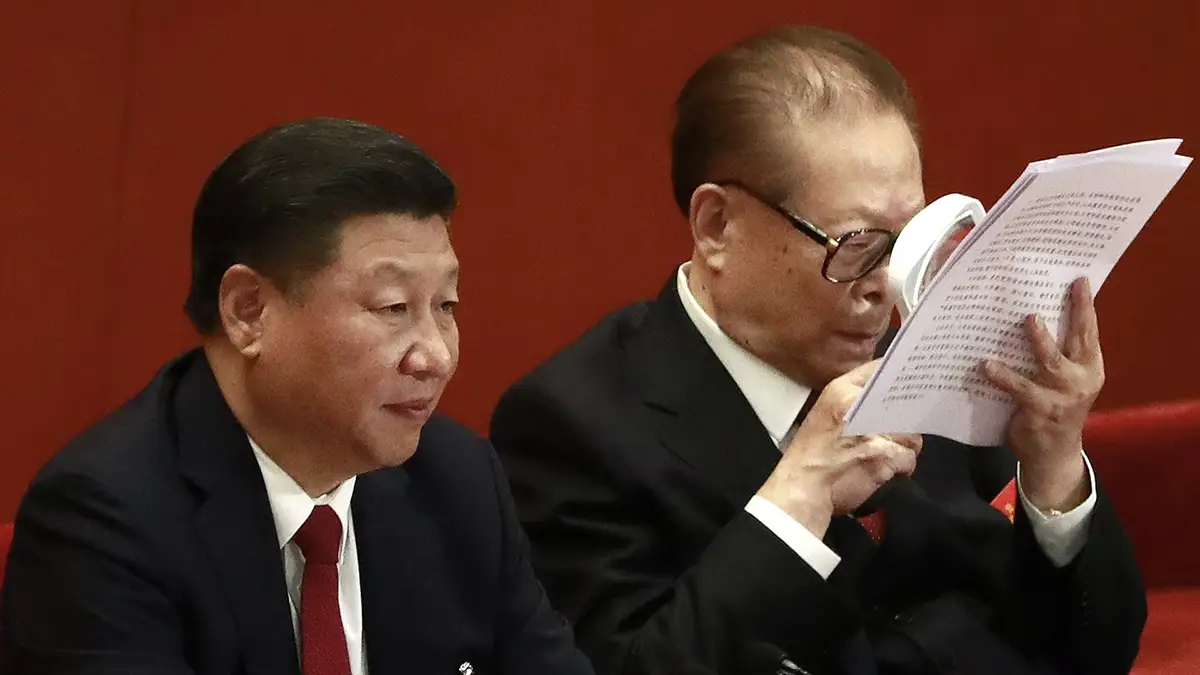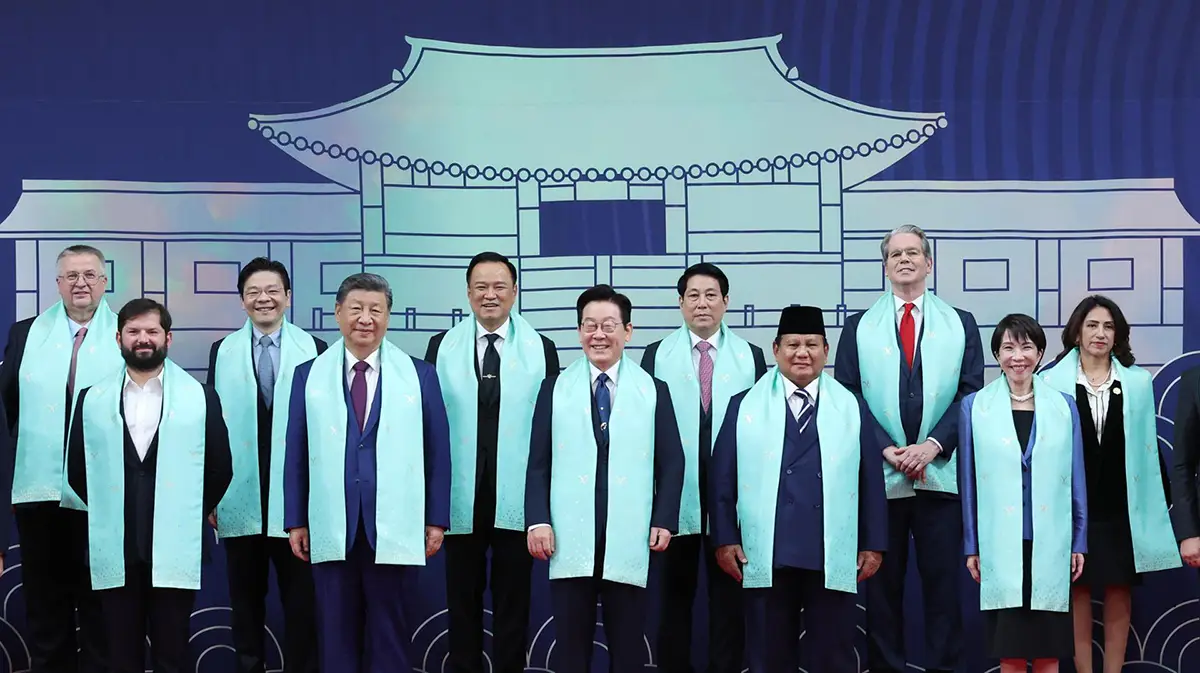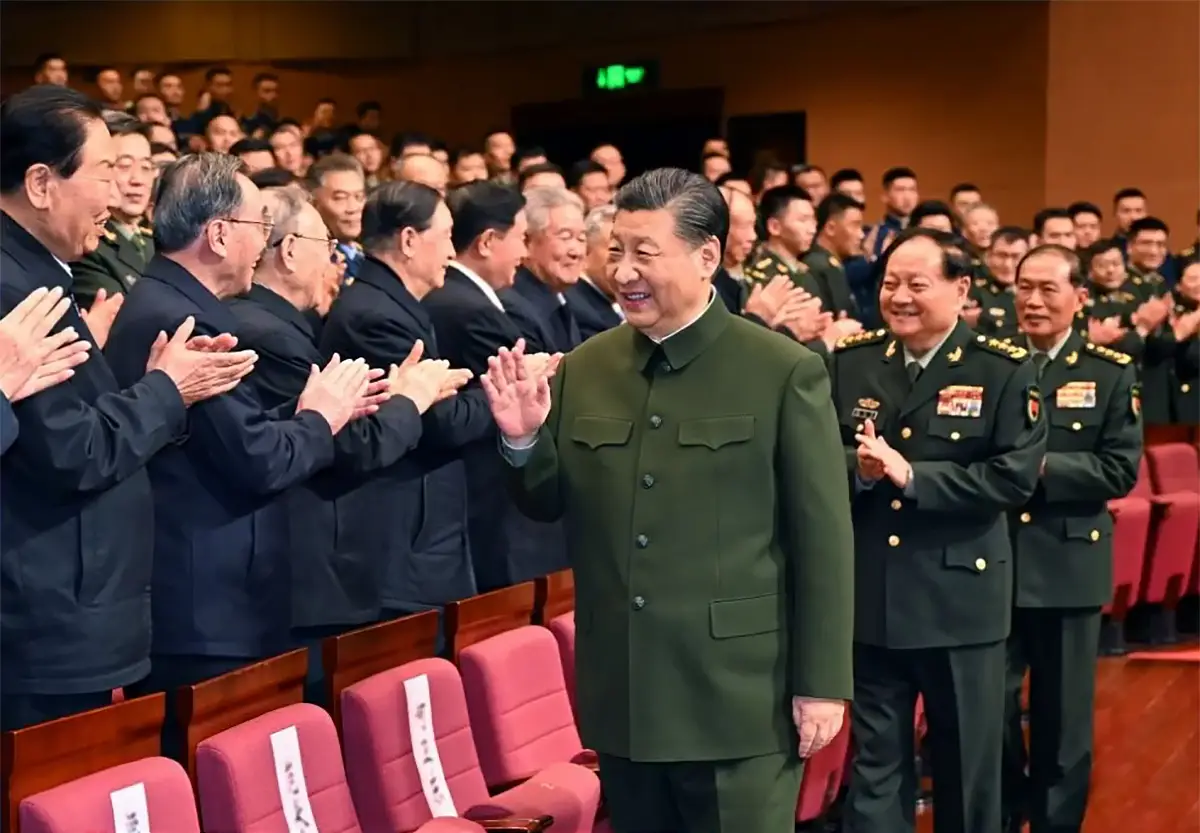China’s arms exports represent only a small portion of global arms sales—approximately 5 percent of international arms exports in the past decade . In comparison to the United States and Russia, China’s arms exports remain relatively modest. However, China’s defense industry could serve as the foundation for increased sales in the future, especially in niche arms markets.
The People’s Republic of China (PRC) has been able to increase its exports in select sectors, such as ships and aircraft, including remotely piloted vehicles (RPVs). The proliferation of drone technology could increase China’s defense export sector and the PRC shipbuilding industry could provide middle-income countries with an affordable option for naval platforms. Political and geostrategic constraints may remain for China, but technological advancements and arms sales expansion are two trends to watch.
According to the Stockholm International Peace Research Institute (SIPRI) Arms Transfers Database , the top three categories of arms exports for China in 2019 were ships, aircraft, and armored vehicles. We evaluated China’s arms sales over a five-year period, from 2016 to 2020, in order to reduce individual-year fluctuations and identify broader trends. During that five-year period, the top export categories were aircraft, ships, missiles, and armored vehicles, as depicted in Figure 1.

In the 1990s, missile systems and ground-based platforms dominated PRC defense exports. During that time, the PRC provided a cost competitive alternative to European, Russian, or U.S. suppliers for countries that did not have the resources or capacity to produce their own missiles. According to SIPRI data, missiles are now a far less important component of China’s defense exports, but the potential for increasing aircraft and ship sales remains.
Shipbuilding could see increased growth over the next decade. According to the Defense Department’s Annual Report to Congress , China is “the top ship-producing nation in the world by tonnage.” Capacity in the PRC’s shipbuilding industry could allow for export growth. Both Pakistan and Thailand have begun negotiations to purchase ships from PRC state-owned enterprises (SOEs). According to Janes, the Pakistan Navy has purchased corvettes, frigates, and submarines from China.
In 2017, the Royal Thai Navy (RTN) ordered submarines from China. However, in 2020, the RTN said those purchases may be “deferred to the next financial year” because the government needed the funds for its COVID-19 pandemic response. Thailand has also contracted with China State Shipbuilding Corporation to build an export version of the People’s Liberation Army (PLA) Navy’s landing platform dock, an amphibious ship.
The successful expansion of ship sales will depend on the PRC’s ability to address issues within its SOEs, such as inefficiency and corruption. China’s two main shipbuilding SOEs, China State Shipbuilding Corporation (CSSC) and China Shipbuilding Industry Company (CSIC), re-merged in late 2019. According to Meia Nouwens , a senior fellow with the International Institute for Strategic Studies, the merger was “a response to concerns over longstanding corruption within CSIC.” China Shipbuilding Group, the re-merged corporate conglomerate, is now the world’s largest shipbuilder .
Aircraft arms exports, including RPVs, could also see growth. The PLA has continued to modernize its air forces with “domestically built aircraft” and a wide variety of RPVs. PRC universities, such as the Nanjing University of Aeronautics and Astronautics, are conducting research on “guidance and control, drone swarm coordination, control and strategic decision-making, hypersonic flight vehicles, fighter aircraft” and a variety of other platforms that could improve the entire aircraft sector. While the focus remains on providing the PLA with advanced systems, China’s SOEs are taking advantage of technological upgrades to improve the range of variants available for export.
China’s Wing Loong (also known as the Yilong (翼龙) or Pterodactyl) family of RPVs has become a popular choice among countries in the Middle East. The Wing Loong is a “medium-altitude, long-endurance” platform. Chengdu Aircraft Industry Group, a subsidiary of Aviation Industry Corporation (AVIC)—one of China’s largest defense firms—produces the Wing Loong family of RPVs.

According to SIPRI , China has sold variants of the Wing Loong to Egypt, Kazakhstan, Pakistan, Saudi Arabia, Uzbekistan and the United Arab Emirates (UAE). The UAE has purchased both Wing Loong-I and Wing Loong-II variants. BBC News reported that the UAE operated a Wing Loong-II during an air strike in Libya in January 2020.
China’s rapid technological and industrial development has given Beijing latent opportunities to expand its export capacity. The PRC’s arms exports still lag behind Russia and the United States, but several defense industry sectors could serve as the foundation for increased sales in the future, especially in niche markets. However, geostrategic and market constraints remain for the PRC’s capacity to grow its defense export sector.



